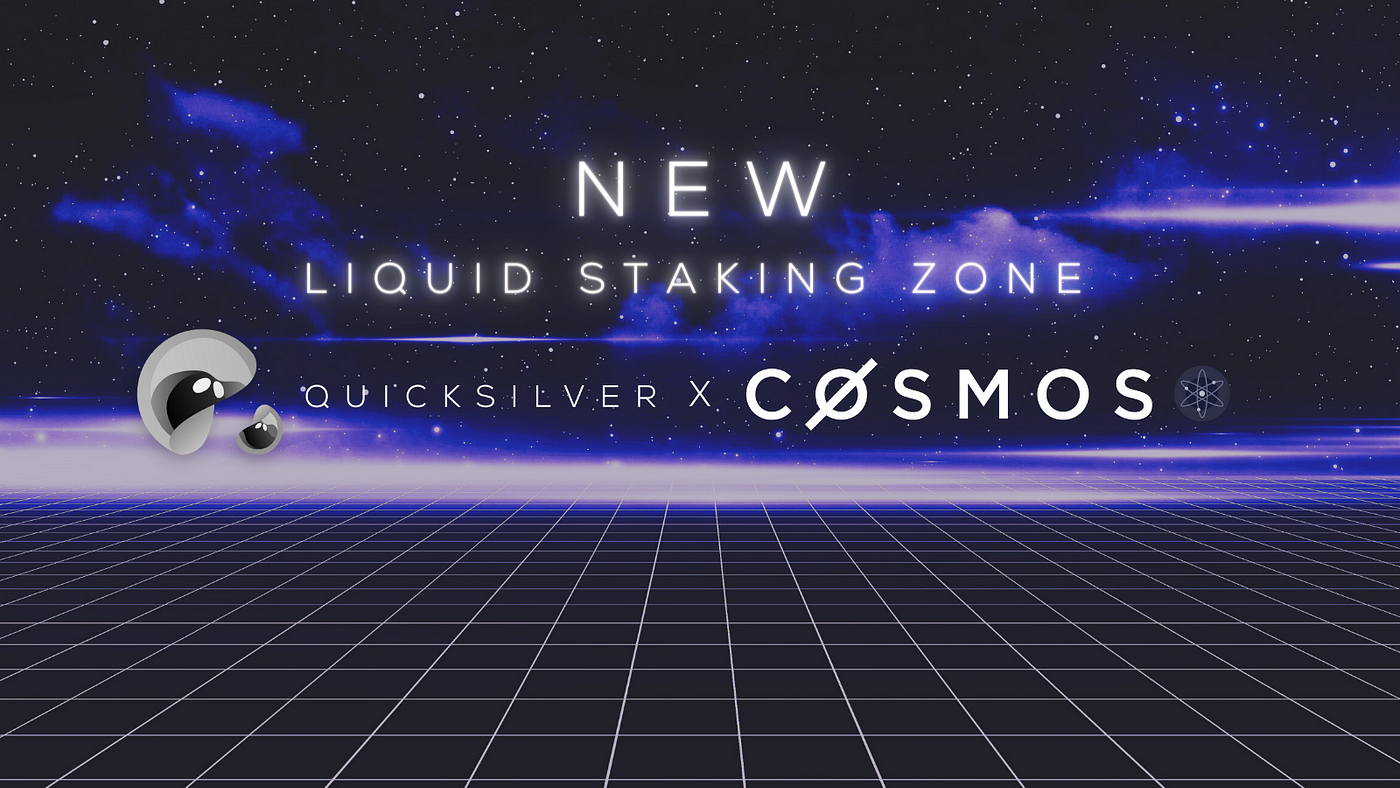What is liquid staking?
Liquidity staking, also known as liquid staking or staked tokens as collateral, refers to a mechanism that allows users to stake their tokens in a blockchain network while still maintaining the ability to use or transfer those tokens. Traditionally, when users stake their tokens in a proof-of-stake (PoS) blockchain, the tokens are locked up for a specific period, and users cannot access or use them during that time.
With liquidity staking, however, users can retain the ownership and control of their staked tokens while also being able to use them in other ways within the ecosystem. This is typically achieved by issuing a derivative or representation of the staked tokens on another blockchain or layer-2 solution. These derivative tokens, sometimes called “staked tokens” or “bonded tokens,” can be freely traded or used as collateral for other purposes, such as participating in decentralized finance (DeFi) applications or earning additional rewards.
Liquidity staking provides several benefits. It enhances the liquidity of staked assets, allowing users to access their funds for other activities or investment opportunities. It also enables users to take advantage of the potential price appreciation of the staked tokens while earning staking rewards. Additionally, it can foster greater participation and engagement within the network by reducing the opportunity cost associated with token locking.

What is Quicksilver?
Quicksilver is a decentralized and independent zone built on the Cosmos SDK, offering liquid staking services across the entire Cosmos Ecosystem. By utilizing Quicksilver, users receive a voucher called qASSET, representing their staked assets, which can be employed within various DeFi protocols. The protocol is designed to seamlessly scale to any IBC-connected chain, allowing users to delegate to their preferred validators while retaining their voting rights through the Governance by Proxy feature.
What is the process of staking using Quicksilver?
Quicksilver streamlines user delegations by utilizing interchain accounts and issuing qAssets in their place. With the help of Iqlusion’s liquid staking module, existing delegations can be transferred without requiring an unbonding process. If a Zone has implemented Iqlusion’s Liquidity Staking Module (LSM), users can seamlessly transfer their staked delegations to Quicksilver without going through the unbonding process. However, if a Zone has not adopted the LSM, users will need to use already-liquid assets to participate in the Quicksilver Protocol.

What is QCK token?
The primary utility of the QCK token within Quicksilver encompasses securing the chain through staking, shaping the future of the zone via on-chain governance, and covering transaction fees for all activities on the zone.
Moreover, staking QCK offers ongoing rewards denominated in the chains that Quicksilver integrates. Initially, stakers of QCK have the opportunity to passively earn tokens such as Atom, Osmo, and Juno. However, in the future, staking QCK is expected to provide exposure to a wide range of major Cosmos assets, both existing and emerging. These passive rewards stem from the fees collected by Quicksilver on staking rewards, and all generated revenue from the protocol is distributed among QCK stakers.
